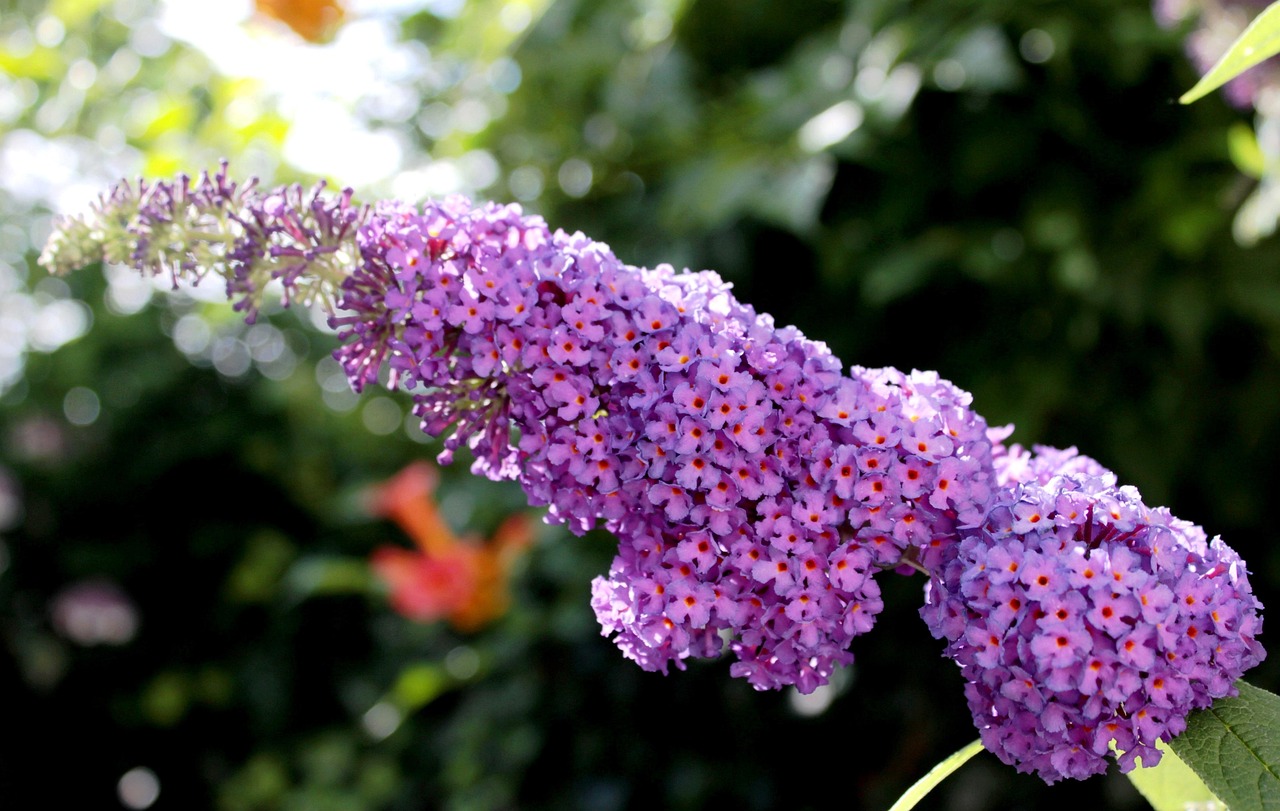Many invasive or non-native plants are widely recognized and avoided by landowners; Multiflora Rose, Japanese Barberry, and Mile-a-minute are common examples. Interestingly, there are still several other species that remain popular among gardeners and plant enthusiasts. Some of that can be attributed to their beauty, but I’d argue that some of it simply stems from a lack of information.
Non-native species to avoid and what to plant instead
In this article, I’d like to highlight a handful of popular plant species that, despite their aesthetic value, are NOT allies in promoting biodiversity, and actually stand in direct opposition to it. For each species we list, we’ll provide a comparable, native species that can be used in its place.
We’ll kick off the list with a little bit of controversy:
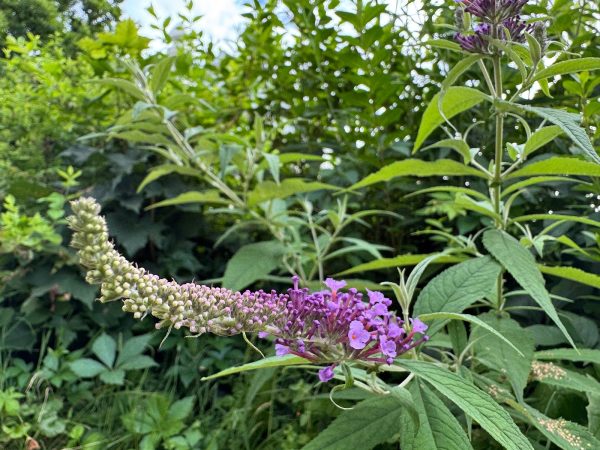
Butterfly Bush (Buddleja davidii)
Surely a species named Butterfly Bush wouldn’t be of any concern to conservationists, right? Unfortunately, this species, like so many others, is not native to this continent and often escapes cultivation. When it does escape, it lacks natural predators and displaces native species that our pollinators evolved to recognize and rely upon. And while Butterfly Bush does offer nectar to insects, that’s about all they offer. Native analogs, on the other hand, provide nectar for butterflies but also foliage for caterpillars to consume (caterpillars are fine-tuned to consume the leaves and the defensive chemicals of very specific plants, and are ill-adapted to forage on foreign plants). This species is one that has benefited from excellent branding, but buyer beware.
If you like to support butterflies, native alternatives include:
Buttonbush (Cephalanthus occidentalis)
Sweet Pepperbush (Clethra alnifolia)
Steeplebush (Spiraea tomentosa)
If you just like purple flowers, native alternatives include:
False Indigo Bush (Amorpha fruticosa)
Blue False Indigo (Baptisia australis)
Dense Blazing Star (Liatris spicata)
Mistflower (Conoclinium coelestinum)
Anise Hyssop (Agastache foeniculum)
Wild Bergamot (Monarda fistulosa)
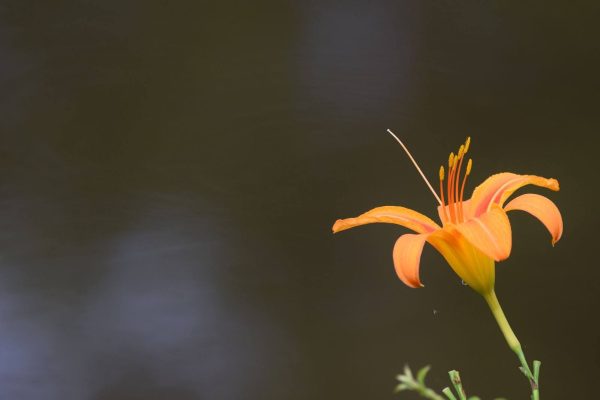
Tiger Lily (Lilium lancifolium)
It’s hard to speak in opposition of a flower this eye-catching, but it must be done. You may have noticed these showy flowers growing out of roadside ditches, along hedgerows, and other sunny habitats. While they may be beautiful, they’ve proven to be particularly problematic. What you should see popping out of those roadside ditches is a mix of milkweeds, asters, mountain mints, and more. So often, however, you’ll encounter large swaths of showy but monotonous orange flowers belonging to none other than the Tiger Lily. Comparatively speaking, while Tiger Lilies may not be the most aggressive invasive species in our area, they often outcompete natives and offer very little to wildlife. Luckily, there are plenty of alternatives to Tiger Lillies, depending on what you’re looking for.
If you like Lilies, native alternatives include:
Turk’s Cap Lily (Lilium superbum)
Wood Lily (Lilium philadelphicum)
Yellow Trout Lily (Erythronium americanum)
If you just like orange flowers, native alternatives include:
Turk’s Cap Lily (Lilium superbum)
Wood Lily (Lilium philadelphicum)
Butterfly Weed (Asclepias tuberosa)
Flame Azalea (Rhododendron calendulaceum)
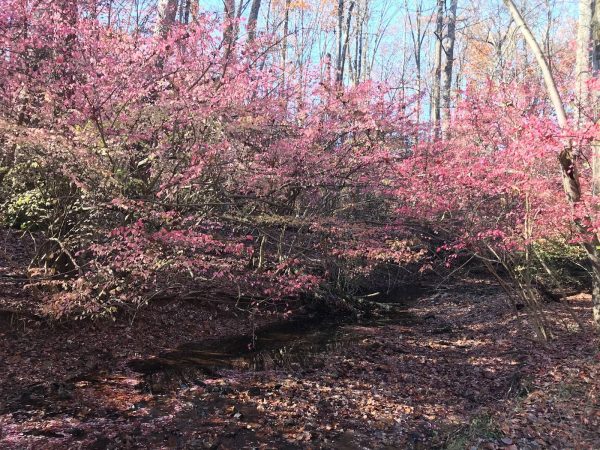
Burning Bush (Euonymus alatus)
They’re red, I get it. But beyond the week or so in autumn that they turn up their saturation, what reason do we have to plant a species quite this detrimental? Unlike the species we’ve mentioned thus far, Burning Bush is among the most aggressive invasive species in the entire northeast. The fruits they produce are consumed and readily spread by birds, and once established, they can be particularly difficult to control. They also produce large quantities of fruit, so even when mature individuals are removed, there are often hundreds of seedlings ready to replace them. You shouldn’t see this species being sold in nurseries anymore, but if you do and are tempted by the fire, consider opting to go with these native alternatives:
If you like Euonymus shrubs, native alternatives include:
American Wahoo (Euonymus atropurpureus)
Strawberry Bush (Euonymus americanus)
If you just like the red foliage, native alternatives include:
Winged-sumac (Rhus copallinum)
Black Gum (Nyssa sylvatica)
American Cranberrybush (Viburnum trilobum)
Red Maple (Acer rubrum)
Scarlet Oak (Quercus coccinea)
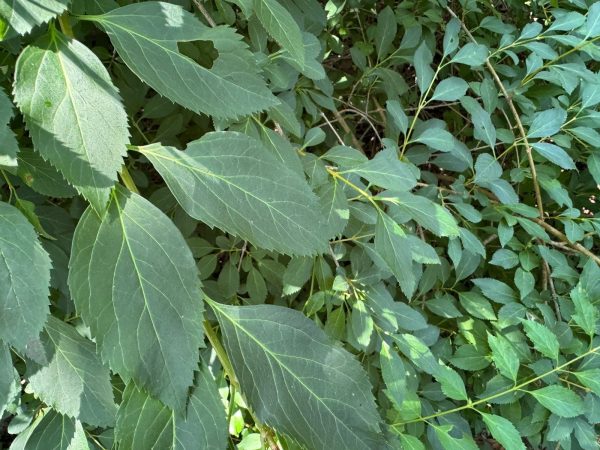
Forsythia spp.
We started with controversy, and will end with a little too. Forsythia bushes are widely planted and beloved by many. This is due to their eye-catching yellow flowers and their ability to form privacy screens. With respect to supporting wildlife, their flowers are visited by early emerging bees, and they do provide cover for birds. However, their value to wildlife is relatively limited when compared to native alternatives. For instance, a native shrub in place of a Forsythia bush will provide cover for birds, but also attract a greater diversity/abundance of insects that birds like to eat. Also, while they aren’t universally considered invasive, they are non-native, have been known to spread, and are pretty difficult to get rid of due to their rooting habits (and overall hardiness). While I may feel the least strongly about Forsythia out of the species I’ve listed here, I do think they’re worth replacing. Here are some native species that offer similar services, but also much more.
If you like shrubs that provide privacy, native alternatives include:
American Elderberry (Sambucus canadensis)
Bottlebrush Buckeye (Aesculus parviflora)
Arrowwood Viburnum (Viburnum dentatum)
Silky Dogwood (Cornus amomum)
If you just like shrubs with yellow flowers, native alternatives include:
Spicebush (Lindera benzoin), which blooms in early spring, similar to Forsythia
Witch Hazel (Hamamelis virginiana)
Shrubby St. John’s Wort (Hypericum prolificum)
As I hope you’ve appreciated, there are plenty of native alternatives out there that also serve a greater purpose. I will add that when opting to go native, you’ll likely need to protect your plants from deer and/or rabbits, at least until the plants are above the browse line. You’ll also want to seek out plant nurseries who specialize in growing natives, but luckily those are becoming increasingly common, and there are even online options.
While acquiring added protection and searching a little harder might require some effort, with native plants, you’ll gain the beauty you seek and make the world a better place, all at the same time.
As always, thanks for reading!
Sebastian Harris, Conservation Easement Steward
